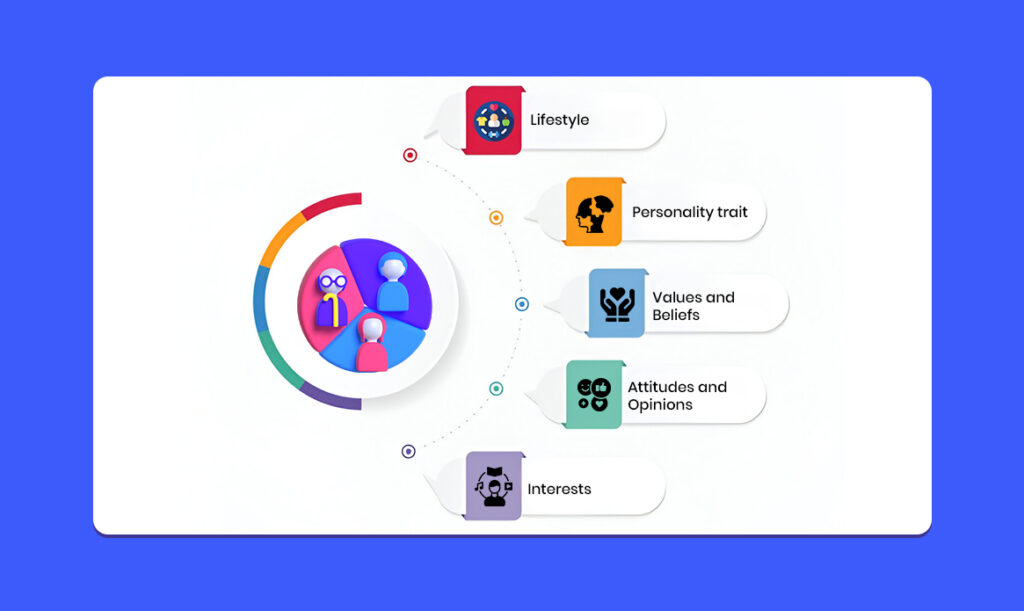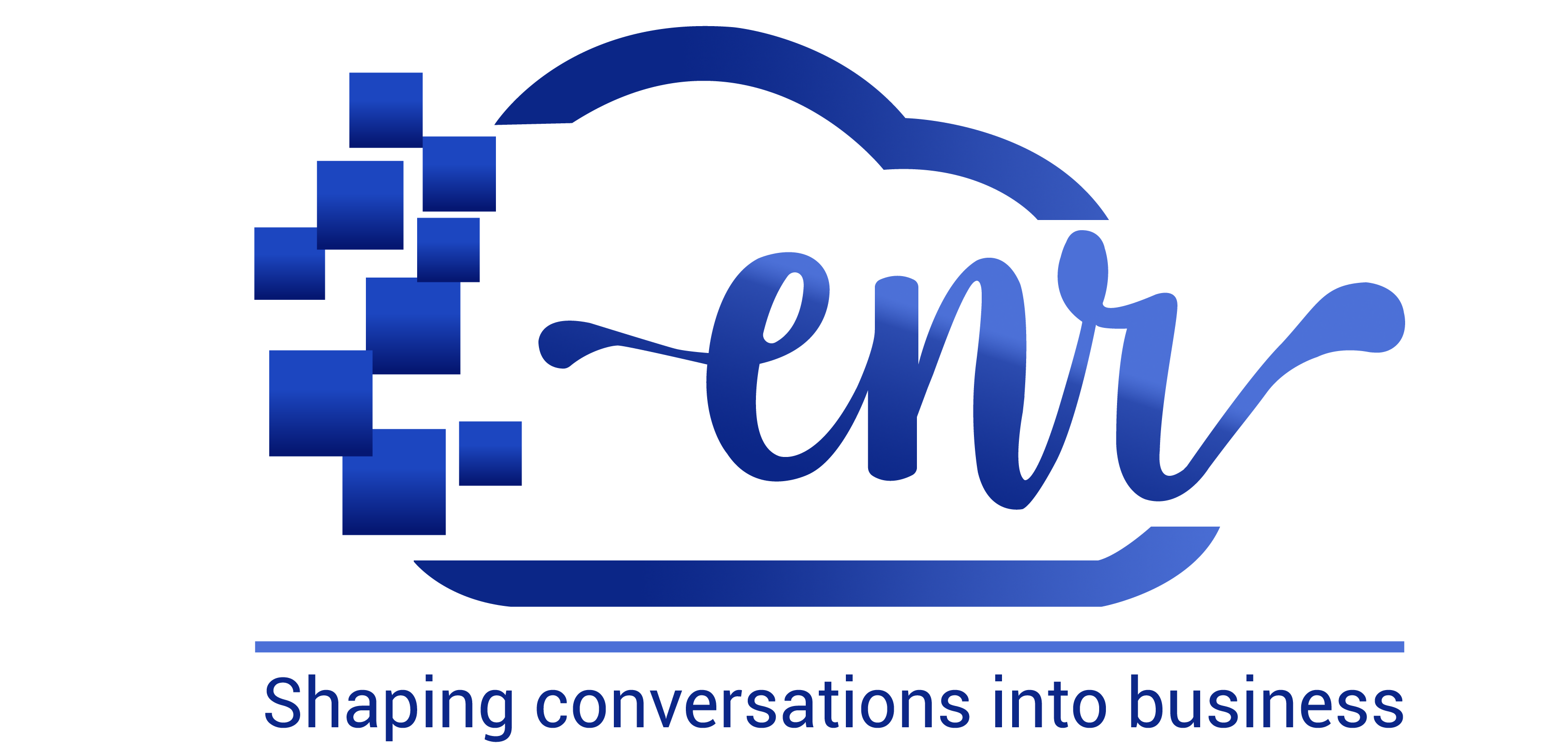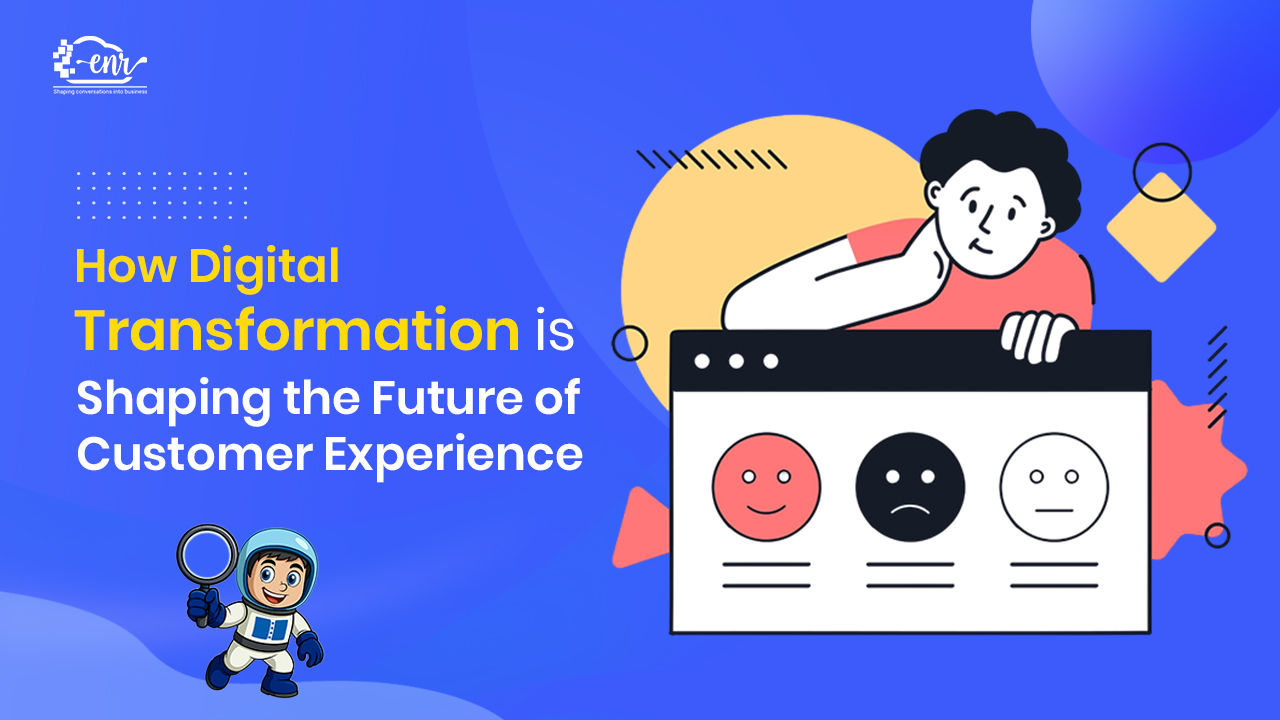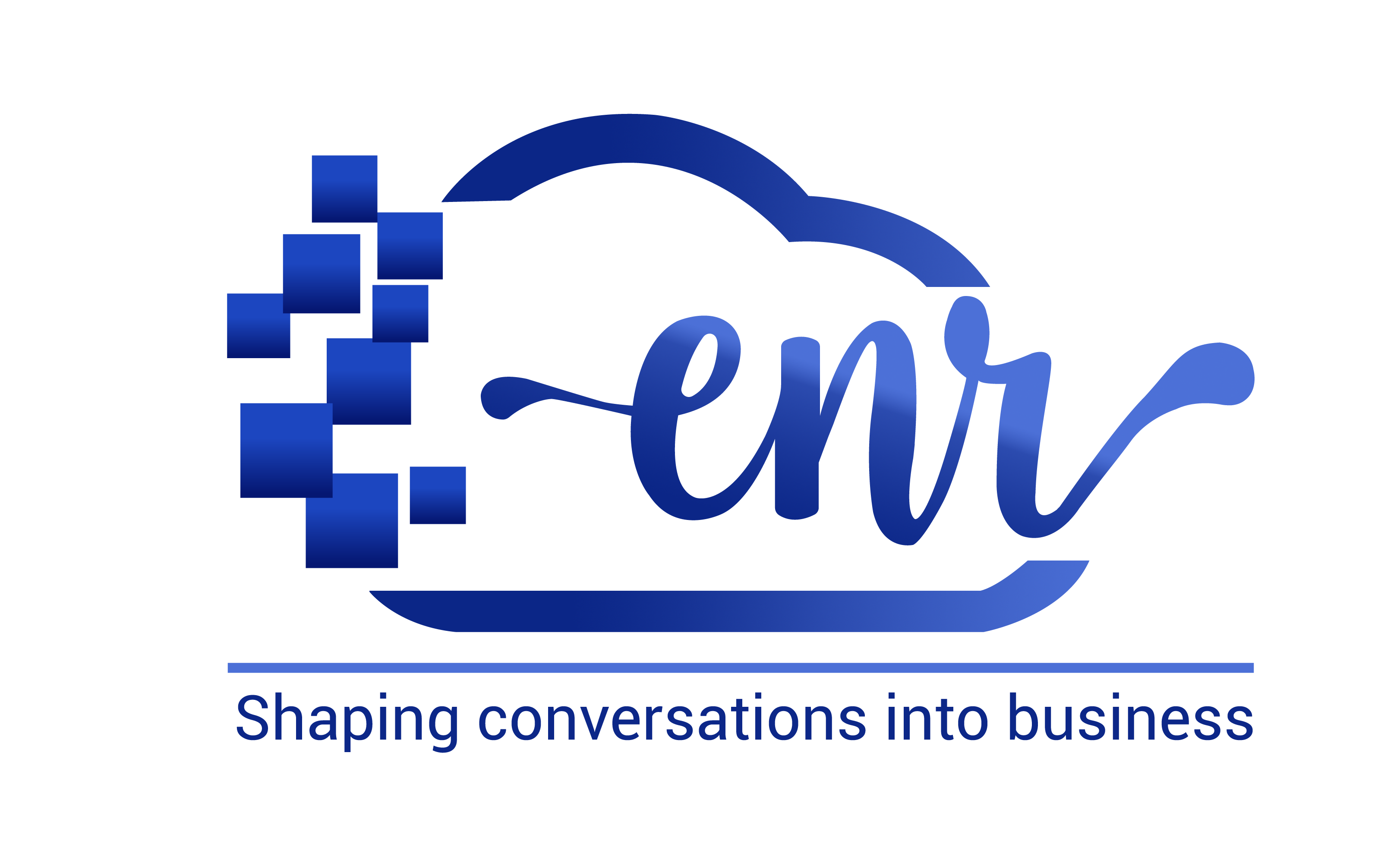Table of Contents
ToggleIntroduction
In todayŌĆÖs competitive business landscape, knowing your customer is the absolutely critical for long-term success. The best way to understanding customers is through customer segmentation. This powerful tool is the key to greater success and gaining an unbeatable competitive edge. Customer segmentation is the process of dividing the customer base in to distinct groups based on some predefined shared characteristics. Customer segmentation like the psychographic and behavioral segmentation helps business tailor their marketing strategies to meet the needs of each individual customer.┬Ā
Using good segmentation practices ensures high customer segmentation, drives brand loyalty and foster long-term relations. Modern customer segmentation goes beyond the boundaries of standard surface-level demographics or broad audience categories to unearth invaluable insights to craft personalized marketing strategies. Behavioral segmentation and psychographic segmentation are more refined forms of identifying untapped markets, harness the full force of data, and tailoring their messaging, products, and services. Both psychographic and behavioral segmentation are tools for the marketing teams to know their customers at a granular level and achieve sustained profitability. Psychographic segmentation tells us the ŌĆ£whyŌĆØ to user acts and behavioral segmentation answers the ŌĆ£what.ŌĆØ LetŌĆÖs take a look at how the two work together to impact a businessŌĆÖs success.┬Ā
Understanding Behavioral Segmentation
This type of customer segmentation categorizes customers based on how they interact with the brand.┬Ā This data is usually collected by using the user behavior tools that gather purchase history, product usage, in-app preferences, decision-making processes, and the customer journey. Behavioral segmentation prioritizes how and why customers act and engage rather than who they are.┬Ā
Components of Behavioral Segmentation

- Purchase Behavior: This dimension of segmentation identifies the purchase patterns, i.e., how often and why the customers buy a product/service. It answers questions like: Are they frequent buyers or occasional purchasers or one-time customers or heavy spenders? What is the timing of the purchase, volume of the purchase, etc.?
- Usage Rate: This defined the level of engagement of the user with the brand, including usage rate (light, moderate, or heavy), the specific features being used, and duration of usage.┬Ā
- Brand Loyalty: This type of behavioral segmentation groups customers based on their loyalty to the brand or the product. It identified loyal customers, brand switchers and new customers, along with brand advocates and brand-agonistic users.┬Ā
- Occasion-Based Pattern: When the customer made a purchase, was it a special occasion or event like a holiday, birthday, seasonal shopping, etc. This data gives the marketing team an overview of how customer behavior changes with situations or events.┬Ā
- Benefits Sought: This segmentation dimension analyzes the specific benefit or reason the customer seeks and chooses the products. The reasons include affordability, quality, convenience, status, luxury, etc., which are based on primary motivations or the need of solutions.┬Ā
Behavioral segmentation empowers a business to craft engaging marketing messages that align with the customer actions, generating higher engagement and retention.
Understanding Psychographic Segmentation
Customer segmentation using psychographic traits divides the customers based on their values, interests, personalities, hobbies, lifestyles, social status, and beliefs. Psychographic segmentation explores the why of customer behavior and helps build a complete customer profile. It gives an insight into the thought process and consumption habits, which makes it one of the most effective of all segmentation techniques.┬Ā
Key components of Psychographic Segmentation

- Lifestyle: This includes daily activities, patterns of behavior, interests, and how they live their lives and spend their time. For example, they can be fitness enthusiasts, luxury seekers, or eco-conscious.┬Ā
- Personality Traits: These are unique to every consumer and influence the thinking patterns. The common traits include extroversion, risk-taking or conscientiousness.┬Ā
- Values and Beliefs: This examines what customers feel about various topics. This includes moral, cultural, and ethical standpoints that form the customerŌĆÖs choices towards industries and products such as social activism, veganism, and sustainability.┬Ā
- Attitudes and Opinions: Describes how consumers feel about specific local and global issues.┬Ā
- Interests: Psychographic segmentations delve deep into what catches a personŌĆÖs attention, i.e., specific interests and passions and these can be hobbies, sports, entertainment or culture.┬Ā
Understanding psychographic segmentation is significant for a businessŌĆÖs success because getting a grasp on what the customer believes in helps them align their messaging and values with those of their target niche or subcultures and develop products that fit the customerŌĆÖs lifestyles and generate the maximum ROI for a win-win situation.
The Power of Integration: Psychographic + Behavioral Segmentation┬Ā
The aim of using the power of segmentation is to build stronger connection and resonance with the current and prospective consumers. Segmentation not only helps identify shared values but also help in getting more customers and build trust and loyalty. Building an emotionally resonant campaign by integrating psychographic and behavioral segmentation will make your marketing strategies more effective by
Hyper-Personalizing Marketing Campaigns┬Ā

Personalization is the modern way of marketing, and by using behavioral and psychographic segmentation, the team can refine their strategies to resonate with each customer. For example, a behavioral segmentation can help a fitness brand target millennials who prioritized holistic wellness (psychographic) to create specific content containing exercises and sustainable workout gear.┬Ā┬Ā
Improved Customer Retention and Loyalty

By implementing psychographic and behavioral segmentation, businesses can classify audiences based on values and interests and create an emotional connection with them. For example, for an organic haircare company, repeat buyers are identified with behavioral segmentation, and customers who value cruelty-free products are gained from psychographic segmentation. Based on this, the company can offer exclusive sustainability driven rewards.┬Ā┬Ā
Higher Conversion and Sales Growth
Segmentation helps build aligned messages to encourage long-term conversions. For example, frequent travels are part of behavioral segmentation, and need for exclusivity is psychographic categorization, and a travel company can use both to offer bespoke travel packages to customers who seek exclusive travel destinations and activities.┬Ā
Effective Product Development┬Ā
A tech company leverages usage behavior (behavioral) and user preferences to meet the high-end functionality (psychographic) of users and earn more sales as their product attracts more eyes.┬Ā
Optimized Advertising Strategies

By gaining the insight of behavioral past behaviors, crafting campaigns that have tailored advertisements with an element of storytelling, a car brand can attract more customers by aligning with the ambitious lifestyles of customers (psychographic segmentation).
Real World Examples of Successful Segmentation Integration
- Tata Motors India have built a successful campaign and boosted sales to beat the competition with Maruti by introducing Nexon EV for customers that are eco-conscious and prefer sustainability and Tata Harrier for adventure seekers (psychographic segmentation) and car usage (behavioral segmentation) for options such as Altroz, Tiago, Indica, etc.┬Ā
- Zomato customizes exclusive dining experiences based on identifying order frequency and food preferences using behavioral segmentation and lifestyle choices through psychographic segmentation. The app offers discounts, premium dining options, quick meals, or healthy meal options based on user behavior.┬Ā
Conclusion
Using the integrated behavioral segmentation and psychographic segmentation can be a game-changer for businesses who want to engage with the customers on a deeper level and boost conversions and loyalty. By understanding what the customer does and why they do it, it is possible to build a practical and emotional connection with the customers.
Read Also: Boost Business Growth with a Competitive Marketing Strategy
Written By – Amit Bhateja
Amit Bhateja is the co-founder of enrcloud and helping brands and Unicorns from the last 15+ years and overachieve their Engagement and Retention goals. He is passionate about solving customer problems with modern technology, new age solutions, and consultancy approach. Besides Building ENR, He enjoys reading books, spending time with his family and Teammates, traveling, meeting new people, learning new things, and love to close the business deals.




